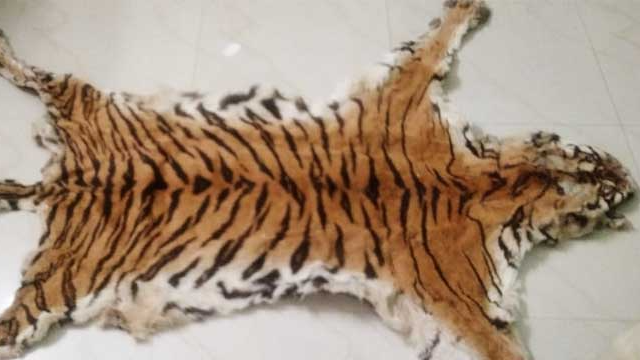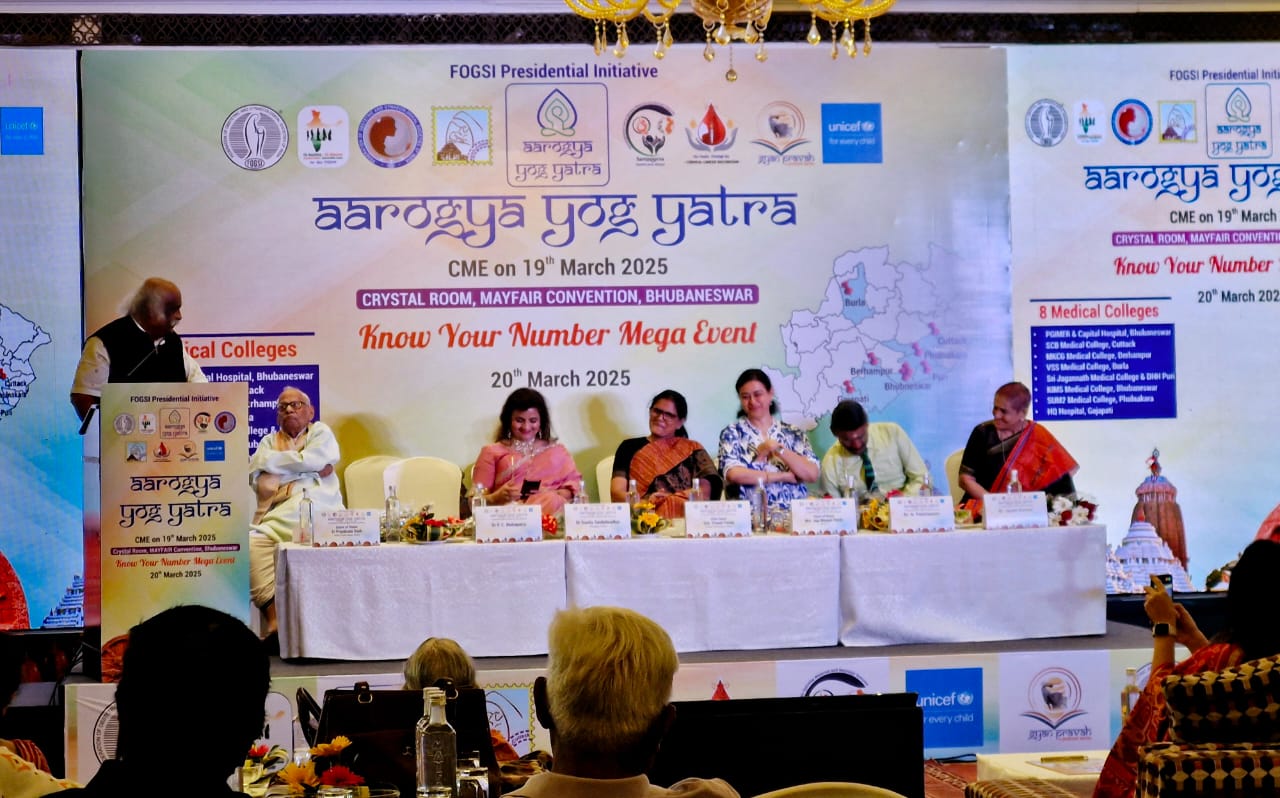Bikaner: Located in the small town of Deshnoke, about 30 kilometers from Bikaner in Rajasthan, this 15th-century temple dedicated to Karni Mata—a female mystic believed to be an incarnation of the goddess Durga—houses approximately 20,000 rats known as "kabbas." According to Hindu belief, these rats are reincarnations of Karni Mata's clan members and devotees.
The temple's origin story tells that Karni Mata's stepson drowned in a pond. When she attempted to bring him back to life, Yama, the god of death, informed her that he had already been reincarnated. Karni Mata then decreed that all members of her clan would no longer die but would temporarily take the form of rats before being reborn into the clan.
Walking barefoot into the temple (as is customary), visitors encounter a remarkable scene: rats drinking from milk bowls, feasting on grains and sweets, and scurrying between ornate pillars. The air carries the musty scent of incense mingled with the distinctive smell of rodents, while devotees carefully watch their steps, as harming a rat is considered deeply inauspicious.
"Seeing a white rat is especially lucky," explains Prem Singh, a temple attendant who has served here for over two decades. "They are believed to be manifestations of Karni Mata herself and her four sons. Visitors may wait hours just for a glimpse of one."
Indeed, spotting one of the rare white rats among the sea of brown and black is considered a special blessing. Pilgrims offer prasad (food offerings) of grains, coconut, and sweets, hoping the rats will run across their feet—considered a fortunate blessing.
The temple architecture itself is impressive, featuring marble carvings and silver-plated doors donated by wealthy devotees. Intricate depictions of rats appear throughout the structure, integrated into the artistic elements of the temple. Ornate silver gates at the entrance lead to a courtyard where rats freely roam, drink from dedicated pools, and nest in protected corners.
For Western visitors, the experience often proves both fascinating and challenging. Many stand wide-eyed at the entrance, gathering courage before stepping into a world where conventional attitudes toward rodents are completely inverted.
"At first, I was terrified," admits Sarah Williams, a tourist from Australia. "But after watching the devotees' reverence, I began to see them differently. It's a powerful reminder of how cultural context shapes our perceptions."
Despite what outsiders might assume, the temple is meticulously maintained. Attendants clean regularly, though they carefully avoid disturbing the rats. The creatures appear surprisingly healthy, well-fed by devotees' offerings and protected from predators within the temple walls.
Remarkably, there have been no reported outbreaks of disease linked to the temple, despite the concentration of rodents. Some scientists suggest the isolated rat population may have developed distinct characteristics over generations of temple dwelling.
The temple follows strict traditions regarding these sacred animals. If a rat dies, it receives ceremonial burial in the temple complex. If a visitor accidentally steps on a rat and kills it, they must replace it with one made of gold—a significant financial penalty that encourages careful movement through the temple grounds.
Morning and evening aartis (prayer ceremonies) draw the largest crowds, when priests perform rituals while rats gather around the flames. These moments offer a surreal spectacle as devotional songs echo through chambers where rodents dart between worshippers' feet.
Beyond religious significance, the temple has become a cultural landmark and tourist attraction that bolsters the local economy. Nearby shops sell souvenirs featuring rat motifs, and local guides earn livelihoods explaining the temple's significance to visitors.
















































